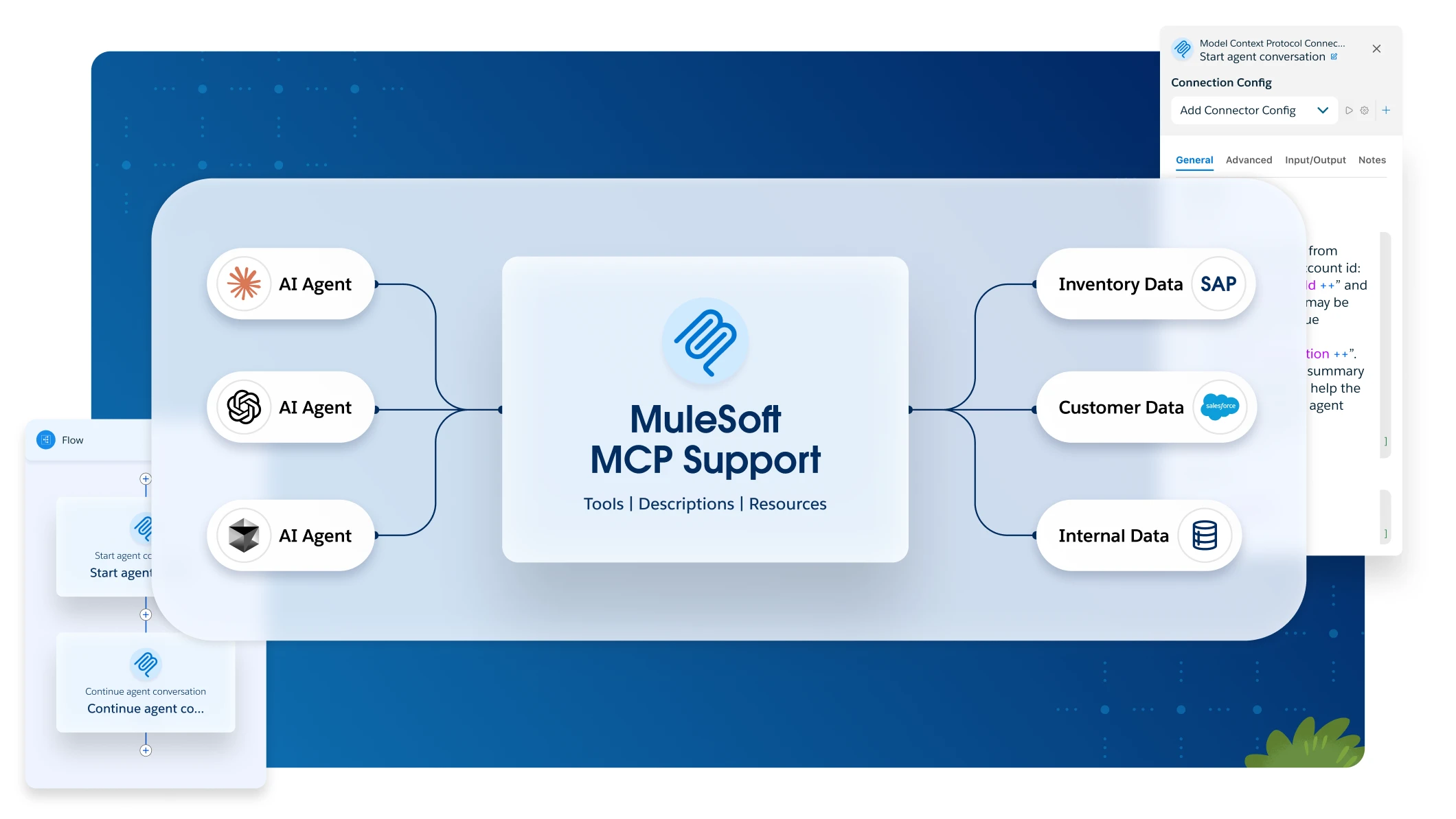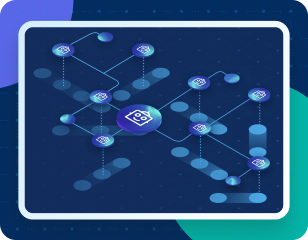Search Results for: Cloudhub
Making Zen of API Platform Deployment Architecture
The general guiding principles of the Zen philosophy can actually be quite helpful in designing the Anypoint Platform for APIs‘ deployment architecture. The emphasis on having a holistic approach, while striving for simplicity, symmetry, and minimalism, works as well for meditation as for coming up with a stable, robust and secure architecture. Here, we will outline […]
Achieving Digital Transformation Nirvana in Financial Services
Financial services information technology (IT) has transformed from order taker to strategic business partner. As part of this transformation, IT organizations are finding they must address key challenges with legacy modernization, data management and digital transformation. MuleSoft has launched a three-part white paper series discussing these challenges and how financial institutions are overcoming them. In […]
Customer Innovation Spotlight: Citrix
Citrix Modernizes BizTalk with Anypoint Platform To stay relevant, today’s businesses have to adopt SaaS applications, cloud services, and API technologies and integrate them with their legacy systems. In SearchSOA this week, MuleSoft customer and Citrix integration developer Vinod Sangaraju discussed how Citrix has deployed CloudHub and is planning to use MuleSoft’s new solutions for Microsoft to […]
Gradle Builds Reach Anypoint Studio
This is the fourth post on the Gradle series. At this time, I’m pleased to introduce two improvements we’ve made towards enabling our users to build apps with Gradle: we’ve created a new plugin for Anypoint Studio, and added support for Gradle 2.0. Anypoint Studio Gradle Support We recently created a visual plugin for Anypoint […]
Integrating Mule ESB with .NET Based Rules Engines
The recent release of the Anypoint Connector for .NET opens up many opportunities for plugging into .NET based rules engines. Since the .NET Connector allows developers to call out to native .NET code, these rules engines can be easily integrated as a result. Why do I want to do this? Utilizing a rules engine promotes efficiency […]
10 Reasons to Walk from BizTalk
MuleSoft’s Anypoint Platform vs. Microsoft BizTalk Server Last Updated August 26, 2016: Have you ever wondered if you should choose Microsoft BizTalk or MuleSoft’s Anypoint Platform? Below are 10 points to consider when deciding on the best integration solution for your organization: 1. Extensibility to Best of Breed BizTalk Server promotes a tightly coupled model […]
Intro: Salesforce to Database Anypoint Templates
I’d like to announce and introduce you to our second set of Anypoint Templates – Salesforce to Database. This set leverages the newly improved Database connector which allows you to connect with almost any JDBC relational database, consistently using the same interface for every case. Our first set of templates, Salesforce Org to Org integration, […]
The Entities Graph Inconvenience
It seems like everyone is talking about APIs lately. We can find tons of them out there. More and more cloud based services and on-premises services are exposing themselves to the outside world through APIs. Many of these systems are fairly complex, so they need a complex object model to reach their full potential. By […]
Hybrid Integration Platforms – What are they? How to use one?
Applications, systems, and services used by businesses have evolved over the years, complicating the enterprise ecosystem. With the growing need to connect heterogeneous endpoints in various locations, businesses end up with a divided ecosystem – with systems on-premises needing to communicate with applications in the cloud. Enabling seamless connectivity between systems and services across the […]
Near Real Time Sync with Batch
The idea of this blog post is to give you a short introduction on how to do Real time sync with Mule ESB. We’ll use several of the newest features that Mule has to offer – like the improved Poll component with watermarking and the Batch Module. Finally we’ll use one of our Anypoint Templates […]




